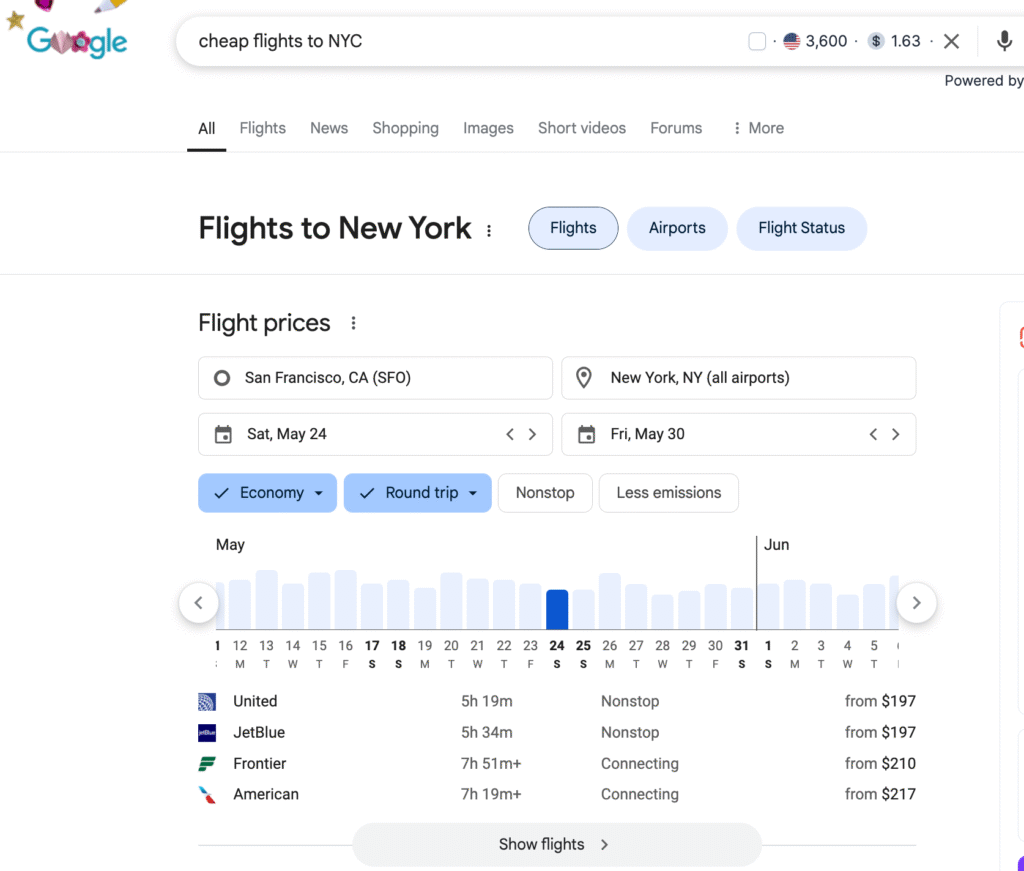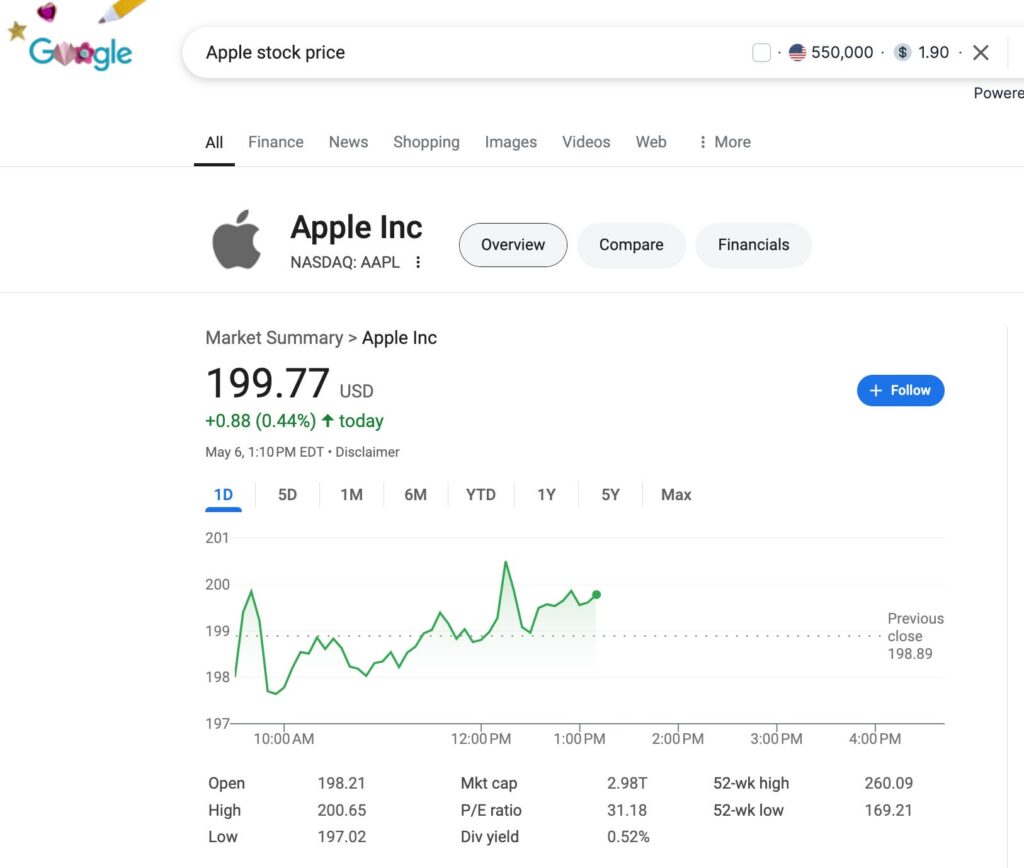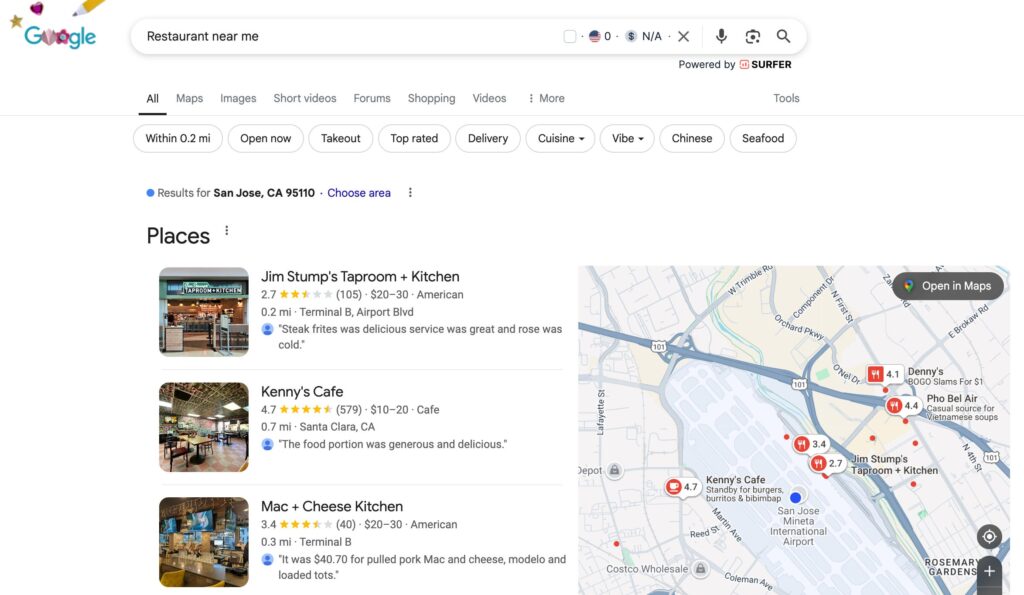Query Semantics refers to how search engines interpret the meaning behind user queries—especially when those queries involve ambiguous terms, polysemous words, or contextual phrases. Instead of relying purely on exact-match keywords, modern search engines—led by Google’s NLP stack—use semantics to identify intent.
This evolution is central to Semantic SEO because it shifts optimization from targeting specific terms to understanding and reflecting real-world meanings in content.
What Makes “Query Semantics” Different?
Traditional keyword matching failed in scenarios like:
- “Apple price” → Is it fruit or the company?
- “Running toilet” → Athletic bathroom fixture?
- “Python tutorial” → Snake or code?
These examples demonstrate lexical ambiguity. Semantic search models resolve this by contextual disambiguation—leveraging machine learning, natural language understanding (NLU), and knowledge graphs.
Step-by-Step Breakdown: How Context Shapes Meaning
Let’s dissect a few examples from the video:
1. Running Toilet
- Without context: “Running” implies motion or exercise.
- With context: “How to fix a running toilet” → machine understands this as plumbing-related.
2. Foot Traffic
- Alone, the term is unclear.
- In “increase foot traffic and online orders by appealing to tourists,” the system identifies this as shop visits, not literal walking.
3. Python
- Snake in biological taxonomy.
- “Python tutorial” changes context to programming.
This reflects Google’s NLP pipeline in action: tokenization, stemming, lemmatization, POS tagging, vectorization, and contextual inference.
ALSO READ …
- What is entity recognition in semantic
- What is semantic search
- How does Google rank articles
- What is entity-based content
- What should you learn in semantic seo
Semantic Layers in Query Interpretation
Google leverages four major stages of semantic query understanding:
1. Contextual Analysis
- What comes before and after a word?
- E.g., “how to fix” before “running toilet” forms a repair-related intent.
2. Entity Recognition
- Noun phrases like Apple, Washington, Mount Everest are matched against Knowledge Graph nodes.
- Entities are typed: Person, Place, Product, Organization, Event.
3. Intent Identification
Search intent is categorized as:
| Intent Type | Example Queries |
|---|---|
| Informational | “What is semantic SEO?” |
| Navigational | “Facebook login page” |
| Transactional | “Buy iPhone 16 online” |
| Commercial | “Best budget smartphones under $500” |
4. Disambiguation via Signals
Google uses:
- Location
- Search history
- Device type
- Linked entities (via sameAs)
- Page-level structured data (schema.org)
These signals are vital for resolving ambiguity in real time.
From Keyword Strings to Concept Graphs
Legacy SEO relied on TF-IDF (term frequency–inverse document frequency). Now, semantic SEO models apply:
- Vector embeddings via transformers (BERT, MUM)
- Word2Vec / GloVe for context-aware similarity
- E-A-V (Entity-Attribute-Value) structures
- LSI (Latent Semantic Indexing) to enrich contextual relevance
LSI Misconception
“LSI ≠ Synonyms.”
It’s about co-occurring terms in similar contexts. For example:
Digital Marketingrelates to:SEOContent StrategyGoogle AdsSocial Media Management
These are contextual siblings, not synonyms.
Practical Query Semantics in Action
1. Synonym Handling
- Query: “cheap flights to NYC”
- Page: “affordable flights to New York City”
- Google matches both due to synonym recognition.

2. Ambiguity Handling
- Query: “Apple stock price”
- Google shows financial results, not fruit pricing.

3. Personalization & Intent Matching
- Query: “Restaurant near me”
- Result depends on:
- User’s location
- Language settings
- Device usage patterns
This demonstrates dynamic query parsing using real-time user signals.

NLP Components in Query Interpretation
| NLP Layer | Function |
|---|---|
| NLU (Understanding) | Decodes meaning from query syntax |
| NLP (Processing) | Tokenizes, tags, normalizes text |
| NLG (Generation) | Forms response output, summaries |
Examples of NLU in Action
- “Fix pipe near me” → Recognized as a local plumbing intent
- “Washington” + “White House” → Inferred as Washington D.C., not state
Search Engine Goal: Reduce Cognitive Friction
Semantic SEO is about removing ambiguity for both users and machines.
By aligning query context, content structure, and entity relationships, you increase your content’s eligibility for:
- Rich Snippets
- Knowledge Panels
- Zero-click answers
- Entity-based indexing
Semantic SEO Best Practices for Query Alignment
| Action | Description |
|---|---|
| Use Entities | Mention structured people, places, products |
| Add Schema | Use @type, name, sameAs, offers |
| Cover Search Intents | Structure content to match informational, commercial, transactional angles |
| Use LSI Terms | Integrate contextual keywords without keyword stuffing |
| Optimize for NLP | Write content that’s readable, contextual, and semantically rich |
Conclusion: Why Query Semantics Matters
Google is not just matching strings—it’s mapping meanings.
Your job as a Semantic SEO practitioner is to speak the language of entities, clarify context, and predict intent.
When your content reflects:
- The user’s true intent
- The language of the machine
- The structure of real-world relationships
Then your content becomes not just crawlable—but understandable.
In the next part 24: What is Entity Recognition in Semantic SEO? How to Structure Content Around Entities
Disclaimer: This [embedded] video is recorded in Bengali Language. You can watch with auto-generated English Subtitle (CC) by YouTube. It may have some errors in words and spelling. We are not accountable for it.
